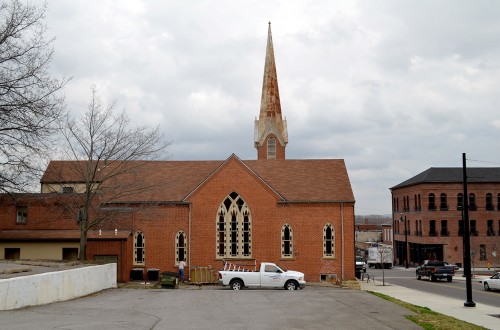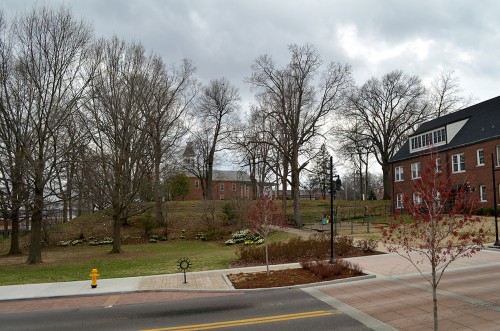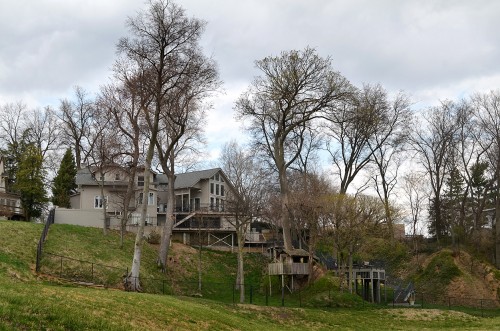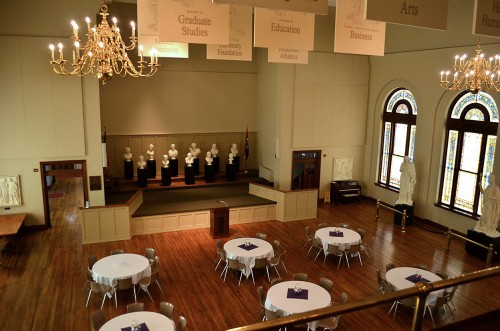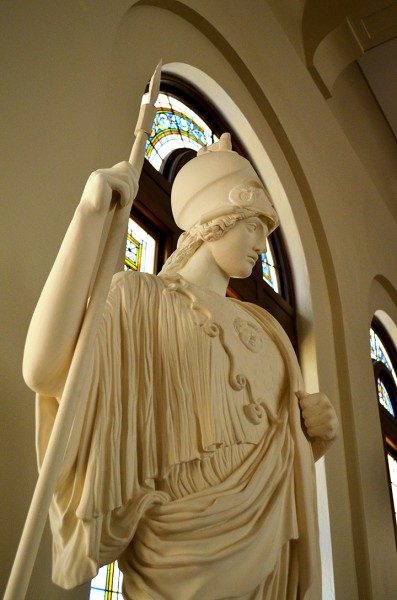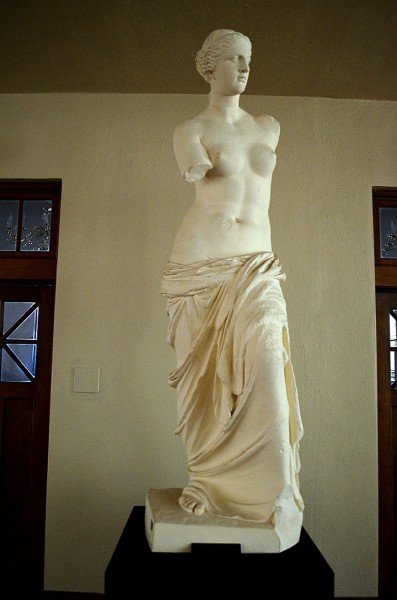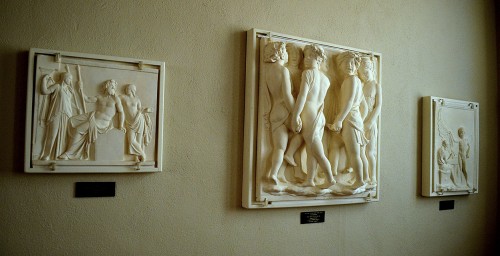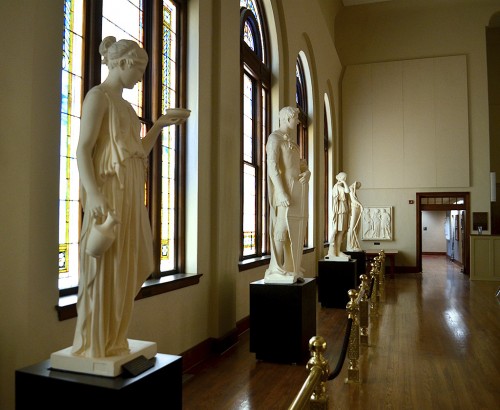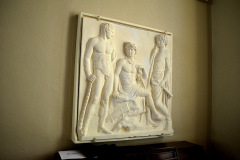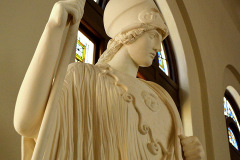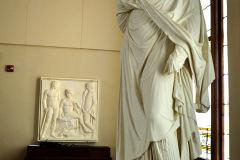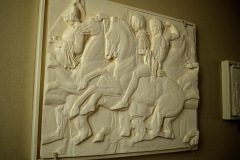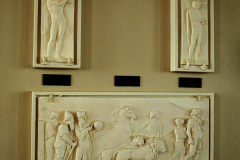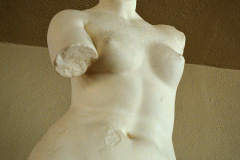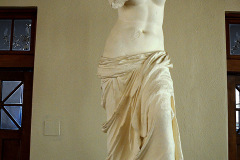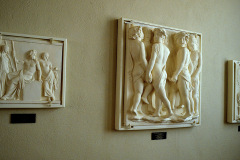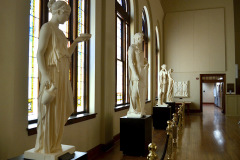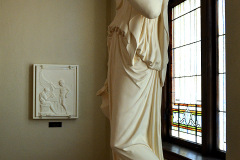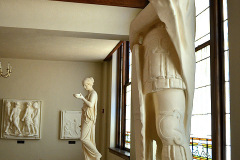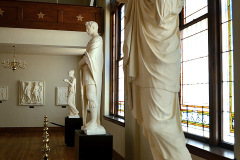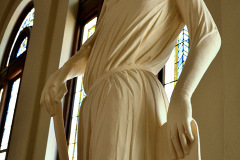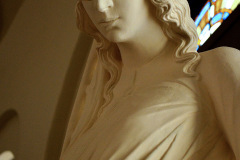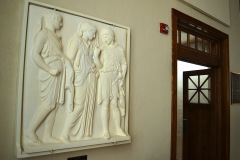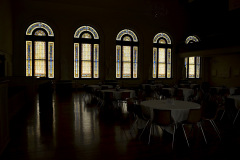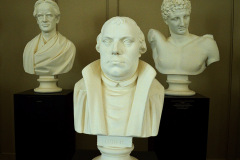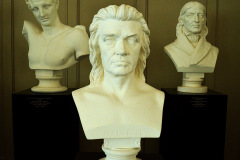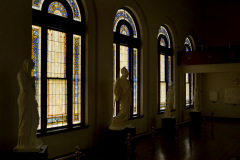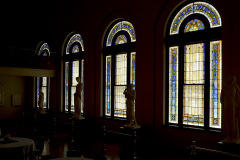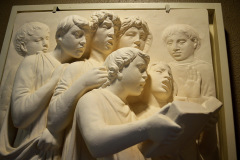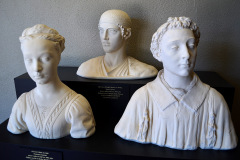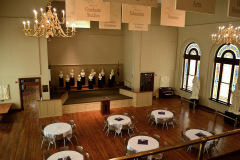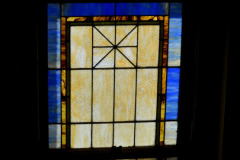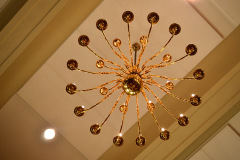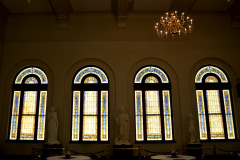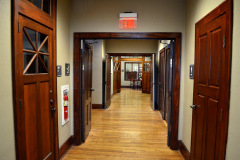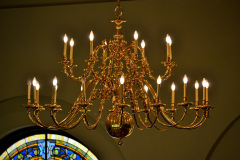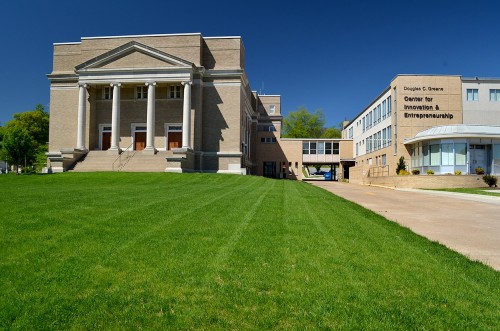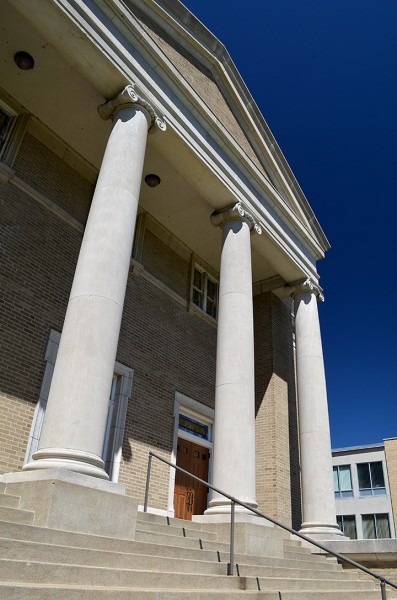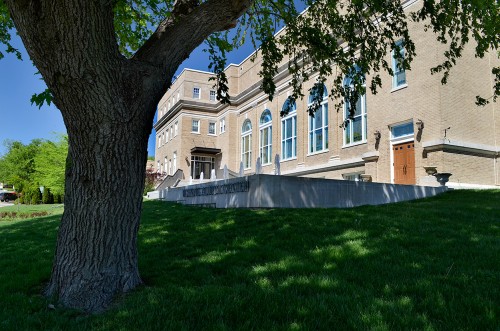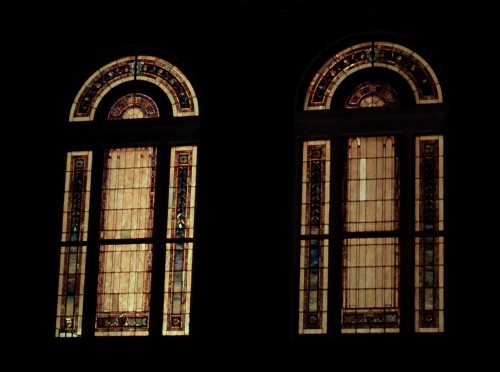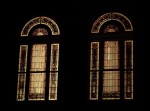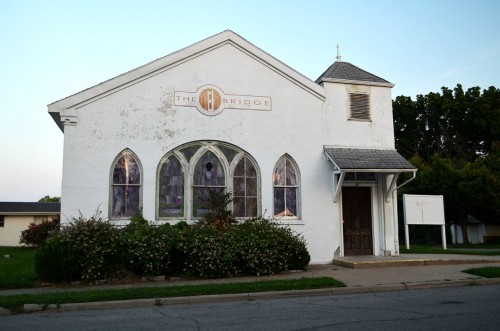 The small white church at the corner of South Frederick and Jefferson has a sign on the front that says “The Bridge Outreach Center.”
The small white church at the corner of South Frederick and Jefferson has a sign on the front that says “The Bridge Outreach Center.”
A Missourian Bicentennial feature by The Rev. Wesley T. Tillman in 1976 said “Although the Second Baptist Church congregation erected its present church building at 428 South Frederick in 1864, it had been organized in 1867 as the Missionary Baptist Church.
First Baptist Church became all-white
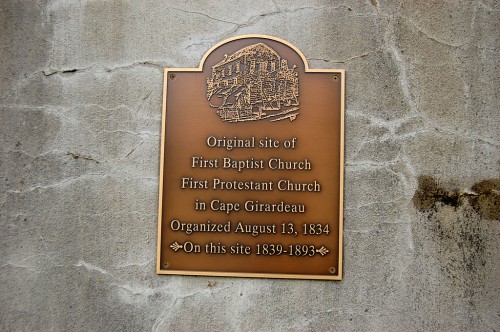 Prior to the Civil War, members of the First Baptist Church (which had been organized in 1834) who owned slaves or had black servants encouraged them to attend that church, and blacks held membership in that congregation.
Prior to the Civil War, members of the First Baptist Church (which had been organized in 1834) who owned slaves or had black servants encouraged them to attend that church, and blacks held membership in that congregation.
After the war, however, matters changed. Some accounts say that the black Baptists decided they wanted to meet separately from the members of the “Mother Church.” Other accounts say they were “lettered out” (released from membership by being given a written statement) of the First Baptist Church, which then became all-white.
For eight or nine years, the black Baptists met in the homes of members of the congregation. Then, in 1873, a lot at the northwest corner of South Frederick and Jefferson streets was purchased from Mrs. Amanda Giboney Brown (presumably the widow of Dr. Wilson Brown, who was serving as lieutenant-governor of Missouri at his death in 1855).
Clarification
I had a little trouble sifting through Rev. Tillman’s account, so here’s how I interpret it: the First Baptist Church, the first Protestant church in Cape Girardeau, organized in 1834, originally welcomed black slaves and servants and actually allowed them to join the congregation. After the Civil War, they either chose to leave or were “lettered out” of the “Mother Church.” If I had to guess, it was probably the latter.
That’s when the small church on the corner of South Frederick and Jefferson was founded.

